1. Looking at the map, Hon Gom peninsula looks like a sleeve stretching out to the sea, about 30 kilometers long, starting from Co Ma pass. Standing on Highway 1, it is easy to see the long white sand dunes, carrying on their backs dense forests of casuarinas and willows, swaying out to sea. In the past, it was also called Truong Tram because of a dense cajuput forest on the sand dunes that acted as a windbreak. On the peninsula, there are 2 villages, Tuan Le in Van Tho commune, adjacent to Highway 1, and Dam Mon in Van Thanh island commune, almost isolated from the mainland by large sand dunes running continuously along the coast.
 |
| The road from Co Ma pass to Dam Mon. |
From Dam Mon to Tuan Le, one must cross a sand dune more than 10 kilometers long. Walking makes one's legs tired. The sand is hot, undulating, and blindingly white; in front of one and all around is a dazzling white color, and the wind blows sand all around. Few people walk across this sand dune. From Tuan Le, one travels by road along National Highway 1 for more than 10 kilometers to the town of Van Ninh district, then from there down to Van Gia ferry terminal to take a boat for 2 hours across Dam Mon.
 |
| Houses submerged in sand in Tuan Le village. (Photo taken in 2001) |
Tuan Le is to the west, a narrow strip of land, with sand behind and the sea in front. The old man and woman tell stories that in the past, turtles slowly crawled on the sand to find a place to live, the migration from the beginning of the village to the end of the village took exactly one week. People named Tuan Le village after the legend of these turtles. From September to January is the storm season, the wind is often strong at level 4, level 5, creating consecutive sand mounds like upside-down bowls and causing the displacement of these sand mounds. The strong sand movement in some places gradually encroaches on residential areas and production land. Some people have to move their house to the sea 5-7 times in their life, the sand fills up to where, when they can't scoop it up, they move their house to another place. In the storm season, the sand flies and jumps, in the humid season, there is not a breath of wind, dry and hot. Meanwhile, Dam Mon is hidden deep in the bay, secluded, the climate is pleasant, warm all year round, the beach is fine sand, surrounded by majestic mountains and hills.
 |
| Road to Dam Mon village. |
Most of the people in Dam Mon are fishermen from Phu Yen and Binh Dinh. They settled down to work in peace and quiet, and their accents are somewhat mixed with Phu Yen. Dam Mon Ha is the most prosperous place, a flat area with a concrete road on sand running a long distance around the market area to the medical station, school, post office, and commune People's Committee... People call it Dam Mon Thuong because there is a high slope climbing up to the immense sand hill. The sand here is deposited from the Hon Gam sea area. In the rainy season, the wind blows fiercely, each wave from Hon Gam rumbles in, the sand is picked up and deposited, pushing the sand hill higher and higher. In the wet season, the wind reverses, but the sand from the inside is not significant. Life in Dam Mon Thuong is almost completely peaceful, only bustling when ships come to get sand at Minexco's wharf. Every house faces the sea, large and small fishing boats are the possessions that show the economic conditions of the owners.
 |
| Bustling fishing port. |
People who are used to living on the mainland, when coming to Dam Mon, find everything interesting and strange. The coastline is shaped like an arc. Here, there is only sand and sand, in the afternoon the wind is cool, every house pulls together to sit and chat, strangers come to ask questions, the owners inside the fence, the guests outside the fence just sit on the sand chatting. People also lie down on the sand to talk, some people bring hammocks hung on racks made of closed round wooden poles, lying and swinging, dozing and chatting. Some shops sell soft drinks, tea, cakes, candies; sometimes you can hear loud music coming from somewhere. In the morning, every house goes out to the street, to the yard to bring a giến (like a rice sieve, but with smaller holes), wherever there is trash, they scoop it up and then sift the sand, the trash that accumulates on the giến is collected, dumped, the whole neighborhood does it together, it seems like the whole village is having a good rice harvest.
Dam Mon Thuong has no concrete road so you can only walk on the sand. No one wears sandals here, the sand is white and clean, you can walk barefoot all day. People even lie down on the road, on the sand and talk!
2. The new 18.5 km long road starts from the foot of Co Ma pass, construction started in 2002, using soil from Co Ma and Dam Mon areas as the foundation, running straight to the Co Don slope intersection, then joining the existing dirt road, crossing the sand and sand area, through the mangrove forest in Tuan Le, splitting the sand dunes in half and running to Dam Mon.
The road was formed, connecting the two villages of Tuan Le and Dam Mon, the last island commune of Khanh Hoa with a car road all the way to the place. Needless to say, the people here were very happy. There were people who had never sat on a bicycle or motorbike in their entire life. So, the whole village of Dam Mon, young and old, big and small, competed to learn to ride a bicycle. Every family bought a bicycle or motorbike. Those who had a business mind opened bicycle shops or sold motorbike spare parts. The new road was like a whirlwind blowing up, bringing the people's lives bustling with the rhythm of life on the mainland.
3. It was impossible to recognize Dam Mon as it used to be when we had the chance to come here on a September day. The sandy road leading to Dam Mon was still beautiful, with sand dunes on one side and the blue sea on the other. The deserted sea was so beautiful it was heartbreaking.
However, the closer we got to Dam Mon, the more bustling and somewhat hurried the life here made me feel a bit disappointed. The way down to the fishing port, the refrigerated trucks picking up goods, the bustling buying and selling scene on the wharf and under the boats. Stopping to take a souvenir photo at the fishing port was also difficult because the surrounding area was packed with people, goods and vehicles.
A walk around the village, the crisscrossing concrete roads, shops... I stopped at a drink stall and chatted with the vendor. She said: "You won't find Dam Mon in the past, the time when it was almost isolated from the mainland. Life is much better now, of course it's also busier. Probably few people still remember the time when we swept the yard with a sand shovel."
We turned around, the sound of bulldozers was rumbling as they built new roads, expanding Dam Mon. More than 20 years have passed, I have written down the story of Dam Mon as if to preserve a not-so-distant memory, poetic, gentle and as peaceful as a fairy tale of Dam Mon back then.
DAO THI THANH TUYEN
Source






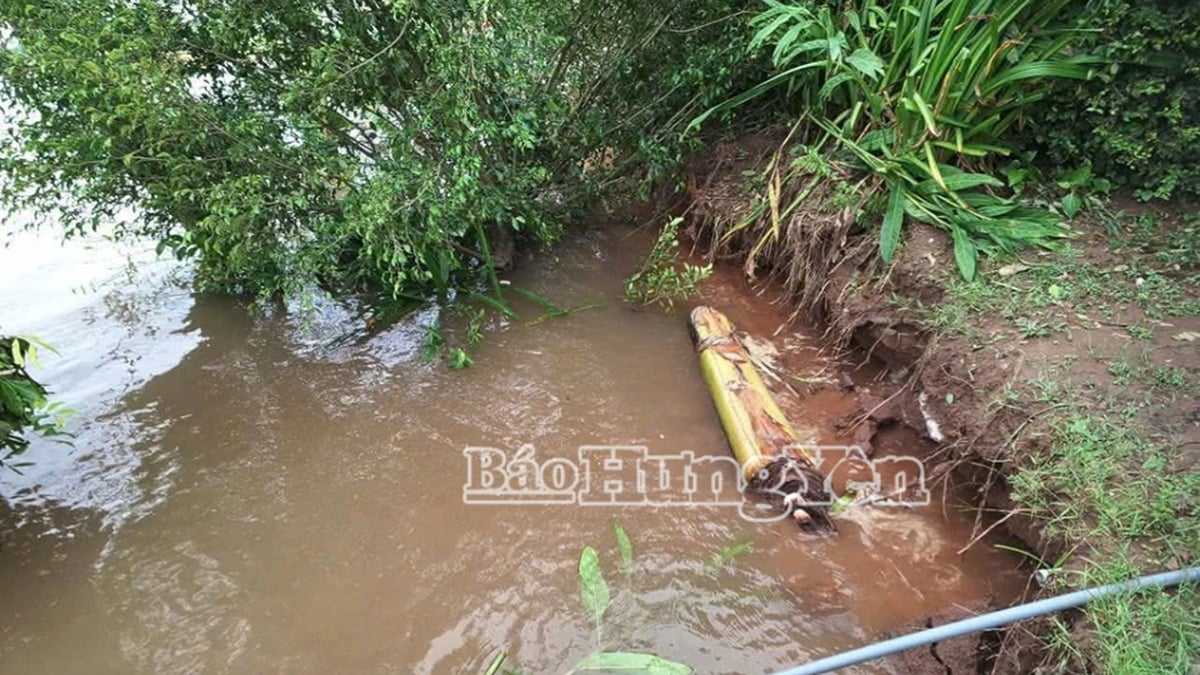
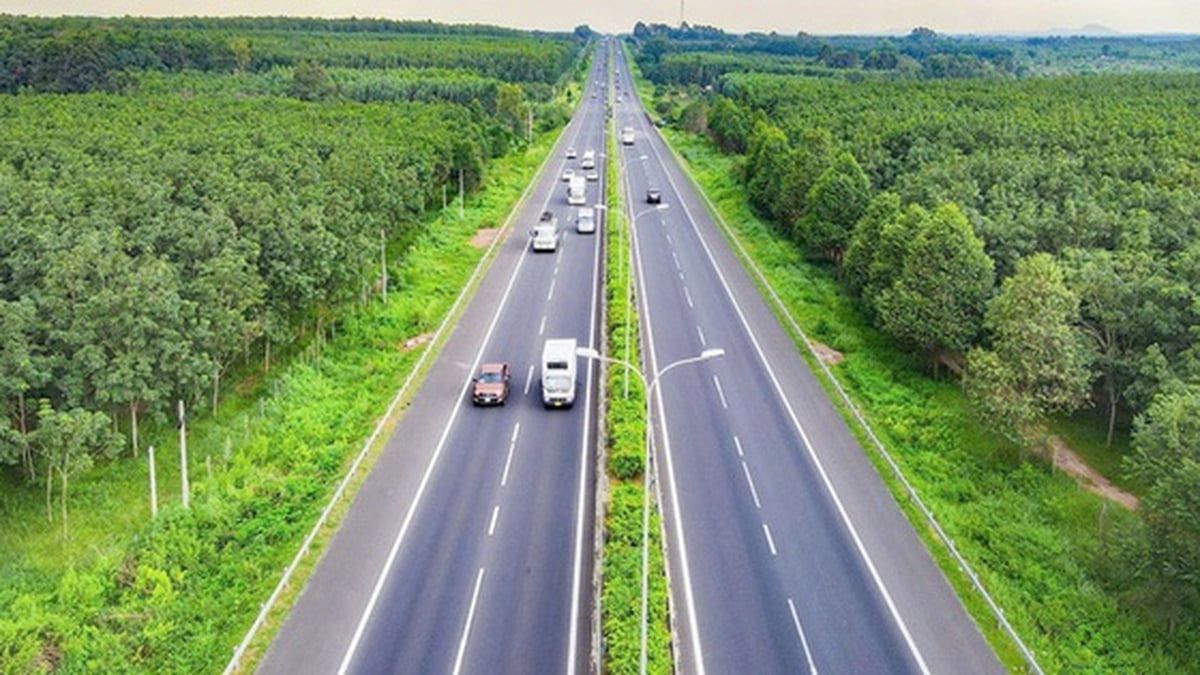














![[Photo] National Assembly Chairman Tran Thanh Man visits Vietnamese Heroic Mother Ta Thi Tran](https://vphoto.vietnam.vn/thumb/1200x675/vietnam/resource/IMAGE/2025/7/20/765c0bd057dd44ad83ab89fe0255b783)













































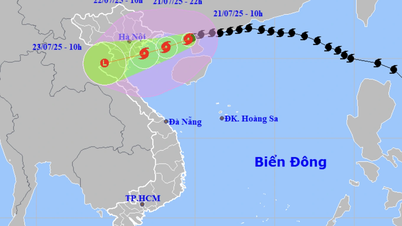
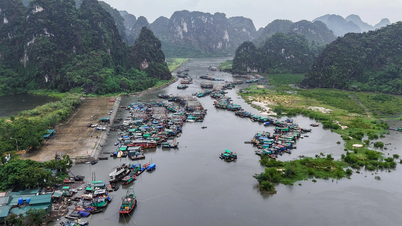





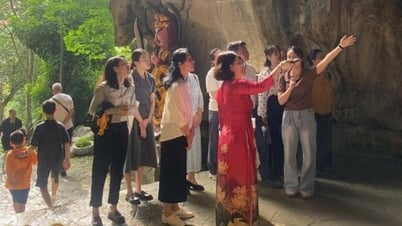






















Comment (0)